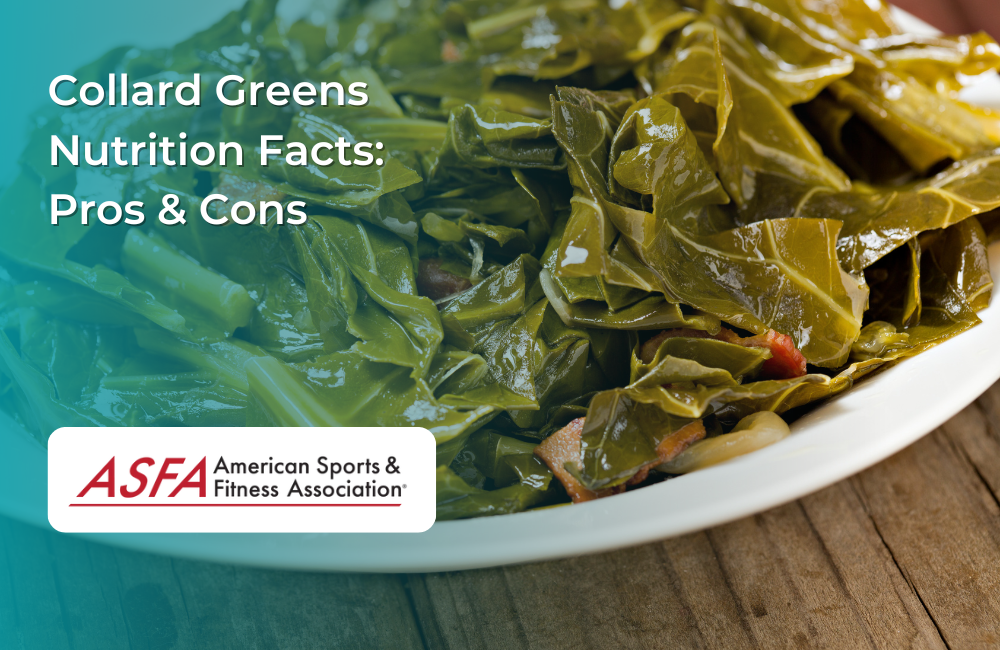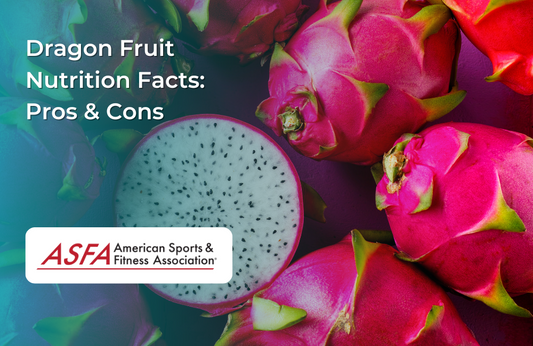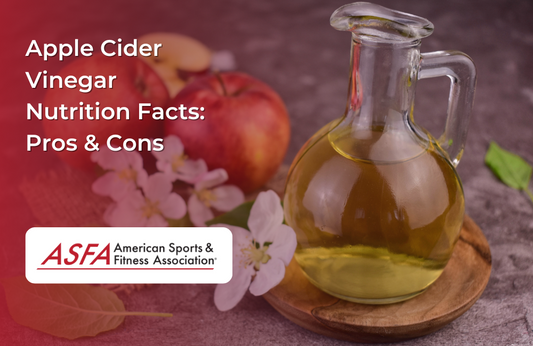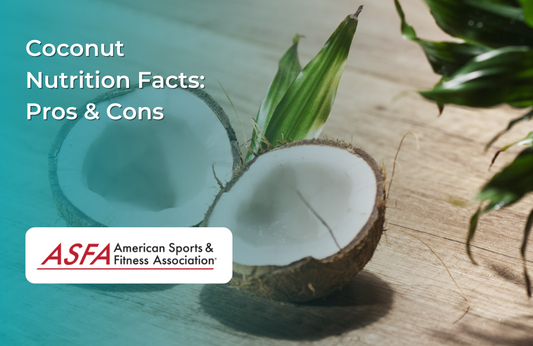Collard greens are a nutrient-dense leafy green vegetable known for their high fiber, vitamin, and mineral content. They are a staple in Southern cuisine and are commonly used in soups, sautés, and salads. While collard greens offer numerous health benefits, their preparation method and potential digestive effects should be considered.
Collard Greens Nutrition Facts, Pros, Cons (Per One Cup, Cooked)
-
Calories: 63
-
Protein: 5g
-
Carbohydrates: 11g
-
Fiber: 8g
-
Sugar: 1g
-
Fat: 1g
-
Vitamin A: 722mcg (80% of Daily Value)
-
Vitamin C: 35mg (58% of Daily Value)
-
Vitamin K: 836mcg (Over 100% of Daily Value)
-
Calcium: 268mg
-
Iron: 2mg
-
Magnesium: 39mg
-
Potassium: 222mg
You can add collard greens to smoothies, soups, and other dishes to enhance their nutritional value.
What Are Collard Greens?
Collard greens are a type of leafy green vegetable that belongs to the Brassica oleracea species, making them close relatives of kale and Brussels sprouts. These cruciferous veggies are known for their large, dark green leaves that are packed with nutrients and offer numerous health benefits. Collard greens thrive in cool seasons, making them perfect for early spring or late summer/early fall planting, especially in zones 8 and higher. Their robust leaves are not only a staple in Southern cuisine but also a versatile addition to various dishes, providing a rich source of vitamins and minerals.
Collard Greens Nutrition Facts
Collard greens are a nutrient-dense food that provides a range of essential vitamins, minerals, and antioxidants. Here are some key nutrition facts about collard greens:
Calories and Fat
One cup of raw collard greens contains only 11 calories and a mere 0.2g of fat, making them an excellent choice for those looking to maintain a low-calorie diet. When you cook collard greens, their calorie and fat content increase slightly, but they remain a low-calorie and low-fat food. For instance, one cup of cooked collard greens contains 55 calories and 1g of fat, still making them a healthy addition to any meal.
Pros of Leafy Green Vegetables
High in Vitamins and Antioxidants
-
Rich in vitamin A, C, and K, which support immune function, skin health, and bone strength
-
Contains antioxidants that help reduce inflammation and oxidative stress
Additionally, eating collard greens can aid in detoxification, mood improvement, and brain health due to their nutrient content.
Supports Digestive Health
-
High fiber content promotes gut health and aids in regular bowel movements
-
Helps regulate blood sugar by slowing carbohydrate absorption
Leafy green vegetables like collard greens are rich in fiber and essential nutrients, promoting overall digestive health.
Excellent Source of Plant-Based Calcium
-
Provides calcium for bone health, making it a great option for those avoiding dairy
-
Supports muscle and nerve function
Heart-Healthy Benefits
-
Contains potassium and magnesium, which help regulate blood pressure
-
Fiber content may help lower cholesterol levels
Supports Detoxification
-
Rich in compounds like glucosinolates, which help the liver detoxify harmful substances
-
May support overall metabolic health
Cons of Collard Greens
Can Cause Digestive Discomfort
-
High fiber content may lead to bloating or gas in some individuals, especially when eaten in large amounts
-
Cooking collard greens well can help reduce digestive issues
May Interfere with Blood Thinners
-
Extremely high in vitamin K, which plays a role in blood clotting
-
People on blood-thinning medications (such as warfarin) should monitor their intake
Oxalate Content May Affect Calcium Absorption
-
Contains oxalates, which can reduce calcium absorption
-
Cooking reduces oxalate levels, making the calcium more bioavailable
Strong, Bitter Taste When Raw Collard Greens
-
Some people find raw collard greens too bitter and prefer them cooked
-
Cooking with lemon juice or vinegar helps balance the flavor
Fresh Collard Greens: Sourcing and Safety
When sourcing fresh collard greens, look for dark green leaves that are free from wilting or yellowing. Opting for organic collard greens is a wise choice to minimize exposure to pesticides and other chemicals. Fresh collard greens can be stored in the refrigerator for up to five days, ensuring they remain crisp and nutritious. If you have an abundance, you can also freeze them for later use, preserving their health benefits and extending their shelf life.
Preparing Collard Greens
Collard greens can be prepared in a variety of delicious ways, including boiling, steaming, sautéing, and stir-frying. To prepare collard greens, start by rinsing them thoroughly to remove any dirt or grit. Next, remove the tough stems and chop the leaves into bite-sized pieces. Cooking methods like sautéing with a drizzle of olive oil and a squeeze of lemon juice not only enhance the flavor but also boost the nutritional benefits of collard greens. Whether you prefer them tender or with a bit of bite, these leafy greens are a versatile and nutritious addition to your diet.
Conclusion
Collard greens are a highly nutritious, fiber-rich vegetable that supports digestion, heart health, and bone strength. They are rich in vitamins A, C, and K, making them great for immune support and detoxification. However, their high vitamin K content may interact with blood thinners, and their fiber content can cause digestive discomfort if consumed in excess. Enjoying cooked collard greens with balanced preparation methods ensures maximum health benefits.
FAQs
Are collard greens healthier cooked or raw?
Both are nutritious, but cooking reduces oxalates, making calcium more absorbable.
Can I eat collard greens every day?
Yes, but individuals on blood thinners should monitor their vitamin K intake.
Are collard greens better than spinach?
Collard greens contain more calcium, while spinach is higher in iron. Both are excellent nutrient-dense greens.
Do collard greens help with digestion?
Yes, they are high in fiber, which promotes gut health and regular bowel movements.
How can I reduce the bitterness of collard greens?
Cooking them with lemon juice, vinegar, or garlic helps balance their strong flavor.





